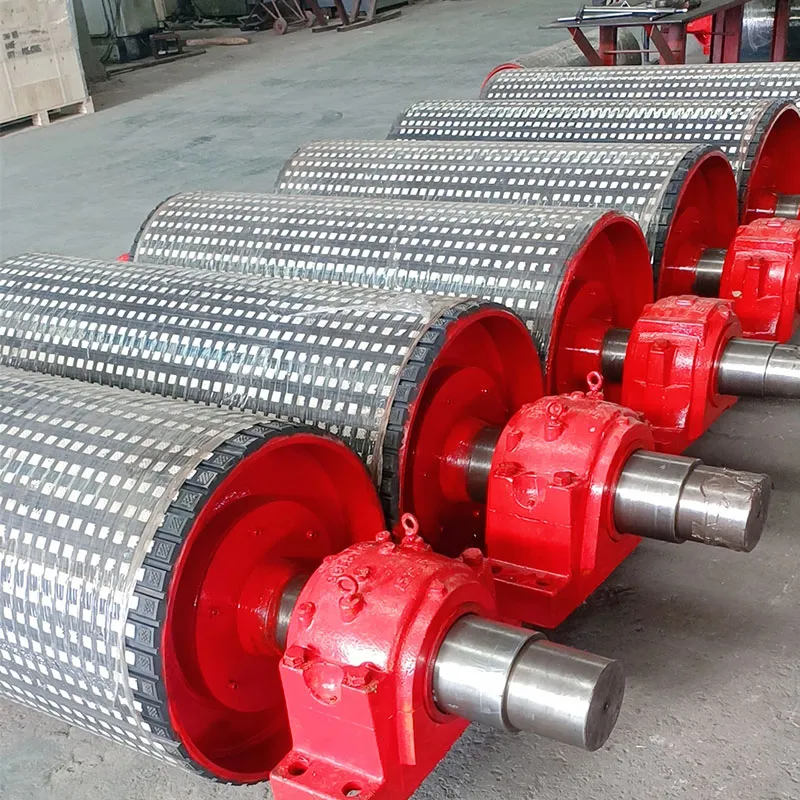 Afrikaans
Afrikaans  Albanian
Albanian  Amharic
Amharic  Arabic
Arabic  Armenian
Armenian  Azerbaijani
Azerbaijani  Basque
Basque  Belarusian
Belarusian  Bengali
Bengali  Bosnian
Bosnian  Bulgarian
Bulgarian  Catalan
Catalan  Cebuano
Cebuano  Corsican
Corsican  Croatian
Croatian  Czech
Czech  Danish
Danish  Dutch
Dutch  English
English  Esperanto
Esperanto  Estonian
Estonian  Finnish
Finnish  French
French  Frisian
Frisian  Galician
Galician  Georgian
Georgian  German
German  Greek
Greek  Gujarati
Gujarati  Haitian Creole
Haitian Creole  hausa
hausa  hawaiian
hawaiian  Hebrew
Hebrew  Hindi
Hindi  Miao
Miao  Hungarian
Hungarian  Icelandic
Icelandic  igbo
igbo  Indonesian
Indonesian  irish
irish  Italian
Italian  Japanese
Japanese  Javanese
Javanese  Kannada
Kannada  kazakh
kazakh  Khmer
Khmer  Rwandese
Rwandese  Korean
Korean  Kurdish
Kurdish  Kyrgyz
Kyrgyz  Lao
Lao  Latin
Latin  Latvian
Latvian  Lithuanian
Lithuanian  Luxembourgish
Luxembourgish  Macedonian
Macedonian  Malgashi
Malgashi  Malay
Malay  Malayalam
Malayalam  Maltese
Maltese  Maori
Maori  Marathi
Marathi  Mongolian
Mongolian  Myanmar
Myanmar  Nepali
Nepali  Norwegian
Norwegian  Norwegian
Norwegian  Occitan
Occitan  Pashto
Pashto  Persian
Persian  Polish
Polish  Portuguese
Portuguese  Punjabi
Punjabi  Romanian
Romanian  Russian
Russian  Samoan
Samoan  Scottish Gaelic
Scottish Gaelic  Serbian
Serbian  Sesotho
Sesotho  Shona
Shona  Sindhi
Sindhi  Sinhala
Sinhala  Slovak
Slovak  Slovenian
Slovenian  Somali
Somali  Spanish
Spanish  Sundanese
Sundanese  Swahili
Swahili  Swedish
Swedish  Tagalog
Tagalog  Tajik
Tajik  Tamil
Tamil  Tatar
Tatar  Telugu
Telugu  Thai
Thai  Turkish
Turkish  Turkmen
Turkmen  Ukrainian
Ukrainian  Urdu
Urdu  Uighur
Uighur  Uzbek
Uzbek  Vietnamese
Vietnamese  Welsh
Welsh  Bantu
Bantu  Yiddish
Yiddish  Yoruba
Yoruba  Zulu
Zulu feeder idler
Understanding the Role of Feeder Idlers in Conveyor Systems
In the realm of material handling and transportation, efficiency and reliability are paramount. Among the many components that contribute to a well-functioning conveyor system, feeder idlers play a crucial yet often overlooked role. These components are vital in ensuring the smooth operation of conveyor belts, particularly in industries such as mining, agriculture, and manufacturing. This article aims to explore the significance, functionality, and types of feeder idlers, providing a comprehensive understanding of their importance in modern industrial setups.
What are Feeder Idlers?
Feeder idlers are support rollers located along the conveyor system, specifically designed to maintain the position of the conveyor belt while also aiding in the loading and transfer of materials. They are typically situated at the area where the material enters the conveyor system, serving as a guide for the belt and the load it carries. By stabilizing the belt, feeder idlers help in achieving optimal performance levels and reducing wear and tear on both the belt and the conveying system.
The Functionality of Feeder Idlers
The primary functions of feeder idlers can be broken down into a few key areas
1. Load Balancing As materials are loaded onto the conveyor belt, feeder idlers distribute the weight evenly across the belt. This balance is essential to prevent sagging or excessive strain on any given section of the belt, which could lead to premature wear or even catastrophic failure.
2. Belt Tracking Feeder idlers help maintain the proper alignment of the conveyor belt. Misalignment can result in material spillage, reduced efficiency, and increased maintenance costs. By ensuring that the belt moves correctly along the intended path, feeder idlers contribute to a seamless operation.
3. Material Flow Management The design of feeder idlers allows for controlled material flow from one point to another. They can facilitate the gradual release of materials onto the conveyor, preventing sudden surges that could overwhelm the system or disrupt the consistent flow of products.
feeder idler

4. Reduction of Friction By providing a smooth surface for the conveyor belt to ride on, feeder idlers minimize friction. This reduction in friction not only enhances the lifespan of the conveyor system but also improves energy efficiency, as less power is required to move the material.
Types of Feeder Idlers
Feeder idlers come in various designs, each suited to different applications and environments. Here are some common types
1. Flat Idlers These are the most basic type and are designed for conventional applications where the conveyor belt operates in a horizontal plane. They provide support and stability for the belt and are commonly used in bulk material handling systems.
2. Trough Idlers These have a curved design that helps contain materials on the belt, especially when dealing with loose and granular products. The trough shape is effective in preventing spillage and improving load-bearing capacity.
3. Return Idlers Typically positioned on the return side of the conveyor belt, these idlers support the weight of the belt and can assist in maintaining the belt’s shape. They can also help in ensuring a consistent alignment as the belt returns to the loading point.
4. Self-Cleaning Idlers Ideal for handling sticky or wet materials, self-cleaning idlers are designed to prevent the accumulation of debris and materials on the idler surface. This feature is particularly beneficial in mining and agricultural applications where product adherence can be an issue.
Conclusion
In summary, feeder idlers are an essential component of conveyor systems, playing a pivotal role in ensuring efficiency, stability, and reliability in material handling processes. Understanding their functions and types can help industries select the most appropriate solutions for their specific needs, ultimately improving productivity and decreasing operational costs. As technology continues to advance, the design and functionality of feeder idlers will likely evolve, further enhancing their contribution to modern industrial operations.
-
Trusted Conveyor Solutions from Leading Conveyor Idler Roller ManufacturersNewsJun.27,2025
-
Reliable Return Idler Solutions for Efficient Belt Conveyor SystemsNewsJun.27,2025
-
Precision Conveyor Accessories for Streamlined Material HandlingNewsJun.27,2025
-
High-Quality Belt Conveyor Idler Solutions for Efficient Material HandlingNewsJun.27,2025
-
High-Performance Belt Conveyor Pulleys for Reliable Material HandlingNewsJun.27,2025
-
Enhancing Material Handling EfficiencyNewsJun.27,2025





























